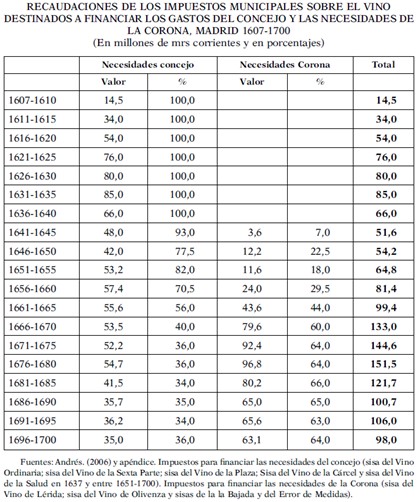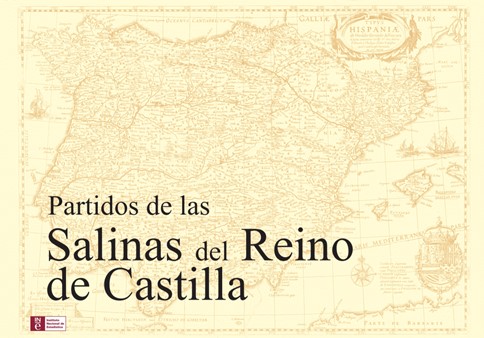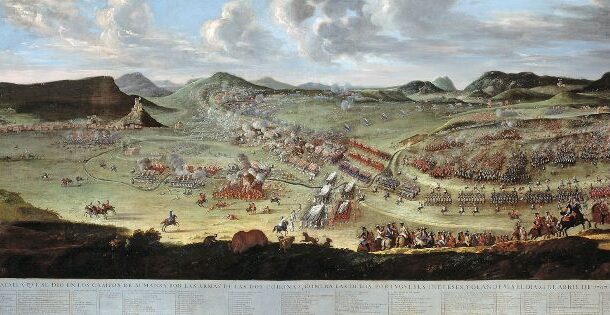As in many other places in Castile, one of the problems in Trujillo was to ensure sufficient food and provisions to meet social demand. Inflation in the 16th century affected many basic necessities, with the price of bread being a significant example. The data show large inter-annual fluctuations, reaching the highest levels in years when the price of bread soared, mainly due to bad harvests.
From 1570 onwards, the price of bread fell progressively and then rose again from 1575 onwards, maintaining rising prices for almost 10 years. As can be seen at the beginning of 1580, at the end of the 16th century and at the beginning of the 17th century, the price of bread reached progressive peaks, reaching its highest point in 1606 and falling again until 1610.
The rise in the price of wheat led the municipality to try to fix the price of some primary goods such as bread. Thus, its manufacture and distribution was regulated by ordinances and agreements that were revised every week.
Collection: Graphics
Project: 2. Social and economic impact of technological revolutions in Europe., 3. Rural world and urban world in the formation of the European identity.
Chronology: XVI, XVII
Scope: Secondary Education, Baccalaureate, University, Postgraduate
Link: https://revistas.usal.es/index.php/Studia_Historica/article/view/4613
Resource type: Graph
Format: Line chart
Source: Testón, I., Rodríguez M. y Pereira, J. L. (1987). "Los problemas del abastecimiento del pan en Extremadura. La ciudad de Trujillo (1550-1610)", en Studia historica. Historia moderna, nº 5, p. 169.
Language: Spanish
Date: 1987
Owner: Roberto José Alcalde López (Modernalia)
Copyright: ©Studia historica. Historia moderna ©Isabel Testón Núñez ©Miguel Rodríguez Cancho ©José Luis Pereira Iglesias
Abstract: Graph showing the price of bread in Trujillo (Cáceres) during the second half of the 16th century and the beginning of the 17th century
Tags








